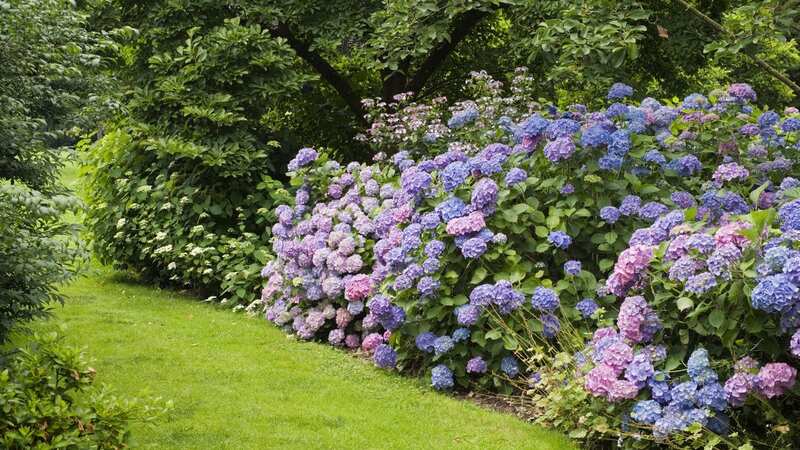Protect hydrangeas from frost and promote 'tender growth' with expert's one rule

For many keen gardeners, hydrangeas are the crowning jewel of their green space, with the bright and large blooms providing a much-appreciated splash of colour.
While hydrangeas come in many different kinds, relatively speaking these ornamental plants are pretty low maintenance, and there isn't that much work you have to do in the winter to protect them from the harsh frosts.
That doesn't mean, however, that you should totally neglect your beloved hydrangeas during the colder months, and an expert has explained exactly what care yours might need at this time of year - depending on which kind you have grown in your garden.
The expert - Justine Guidry from Garden Design - explained that different kinds of hydrangeas have different needs in the wintertime, and this has to do with how each variety grows.
Mopleaf hydrangeas - a common variety also known as bigleaf hydrangeas - will need some TLC over the colder months, Guidry explains, particularly if you live in an area where very cold temperatures are a regular occurrence, as will the lace-cap variety - sometimes called mountain hydrangeas.
 Make-up artist's eyeshadow trick to get 'Charlotte Tilbury' look for less money
Make-up artist's eyeshadow trick to get 'Charlotte Tilbury' look for less money
The expert explains that these varieties "bloom on old wood, which means that their buds form on existing stems before winter comes. Those new buds need to be protected in areas that experience freezing winter temperatures so they can bloom when summer arrives.
"Even if you live in a mild climate, you should still protect these hydrangeas on days or nights that you expect temperatures to dip below the freezing point."
Guidry advises that you opt to mulch your hydrangeas to ensure that they are properly protected from the frosts. "At the bare minimum, add a layer of mulch around the base of your hydrangea plant.
"You can use natural materials such as bundles of straw, dried pinecones, and the like. For gardeners in mild climates that experience a few frosty days and/or nights here and there, mulching is an easy step you can take to protect your hydrangeas."
The Royal Horticultural Society advises mulching in the winter to help rainwater penetrate the often hard, frozen ground, allowing your plant to stay properly hydrated even when it is dormant - all while protecting its roots.
They recommend you opt for an organic mulch because they are more low-maintenance "as they can be replaced by adding another layer when it has completely rotted away. Gravel can sometimes mix with the underlying soil if not applied thickly, encouraging surface weeds."
Do you have a story to tell? Email: emma.mackenzie@reachplc.com
Read more similar news:
Comments:
comments powered by Disqus

































